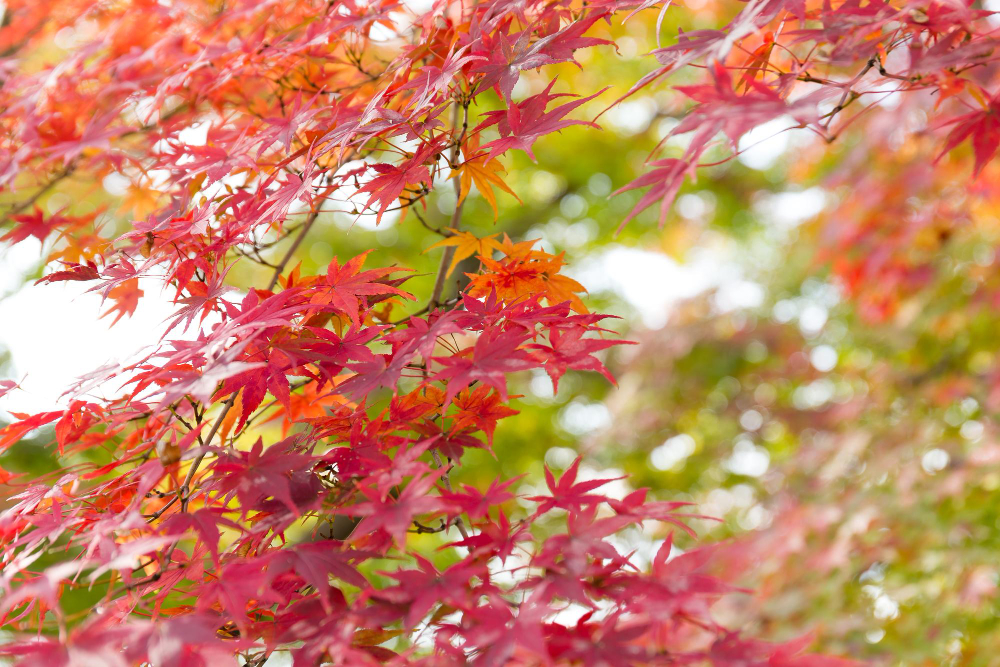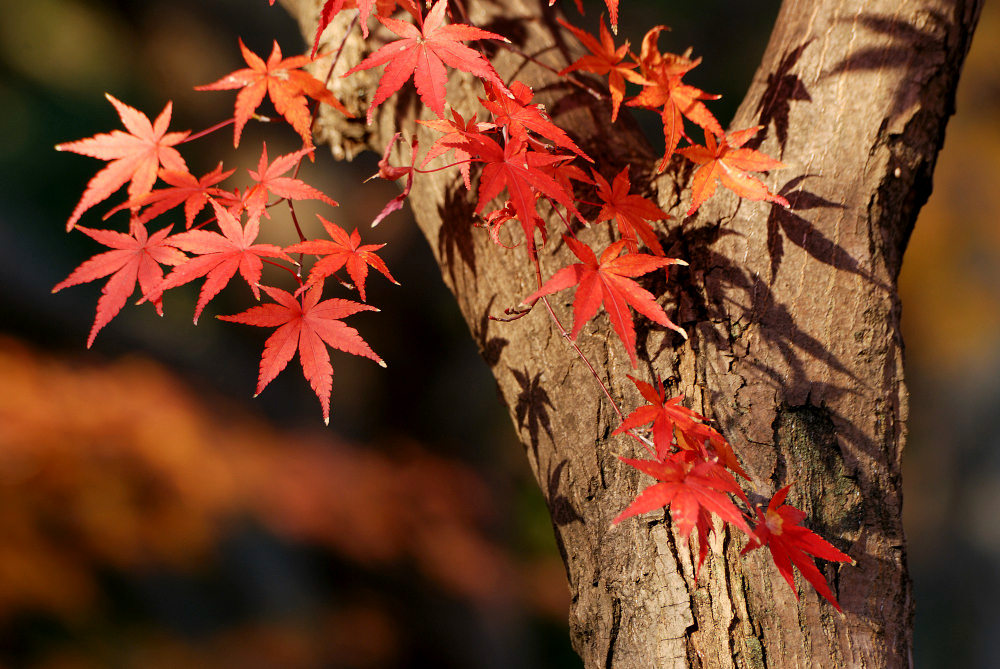Last updated on
Here’s what you need to know about Japanese maple trees and how to include them in your landscapes. Read on!
Welcome to the wonderful, whimsical world of the maple trees of Japan. These delicate beauties are known not only for their stunning seasonal colors but also for their ability to make your garden look like a fairy tale come to life.
So, buckle up, plant enthusiasts, as we embark on a journey filled with history, humor, and horticulture!
What's Inside
A Brief History of Japanese Maple Trees

Japanese maple trees (Acer palmatum) have been gracing gardens and landscapes for centuries. Originating in Japan, Korea, and China, these trees symbolize grace and elegance. They made their way to Europe in the 1800s, and soon after, America fell in love with them too.
Different Varieties and Unique Features

With over a thousand varieties, you could say that Japanese maple trees are the Kardashians of the plant world – always making a statement and never shying away from the spotlight. Some of those popular Acer plants at Gardeners Dream you can find include:
Bloodgood: The goth cousin of the Japanese maple family, this variety sports deep burgundy leaves that turn fiery red in the fall.
Coral Bark: Nicknamed “Sango Kaku,” this tree has coral-colored bark that makes it stand out like a runway model in the winter landscape.
Butterfly: As delicate as its namesake, the butterfly variety boasts variegated leaves in shades of green, white, and pink. It’s like a garden party on a branch!
Caring for Your Japanese Maple Tree
To keep your Japanese maple tree looking fabulous, follow these simple tips:
- Sunlight and Water Requirements: These trees love the spotlight, but not too much! Partial shade is ideal for most varieties. As for water, keep the soil consistently moist, but avoid turning your garden into a lake.
- Pruning Techniques: To avoid the dreaded “maple tangle” and keep your tree in tip-top shape, prune during its winter dormancy. Remove any dead or crossing branches and trim back to create an open, airy canopy.
Frequently Asked Questions
Q: How big do those fancy Japanese maple trees get?
A: It all depends on the variety. Some are cute and petite, perfect for tiny gardens, while others can grow up to a whopping 25 feet tall!
Q: Are Japanese maple trees like high-maintenance divas?
A: While they may look delicate and posh, these trees are surprisingly low-key. Just follow our handy-dandy tips, and they’ll be happy as can be.
Q: Can I grow a Japanese maple tree in a container, like a potted plant?
A: Absolutely, as many varieties love living in containers and will jazz up your patio or balcony garden. Just ensure you give them enough space to spread their roots and show off their gorgeousness.
Q: When’s the best time to plant a Japanese maple tree?
A: Timing is everything, so plant these colorful beauties in the fall or early spring, so they can establish a strong root system before they burst into fabulous foliage for all to admire.
Q: Do Japanese maple trees have any pesky pest problems?
A: Good news! These trees are relatively pest-free. However, if aphids or scale insects stop by for a visit, a quick splash of water or gentle application of insecticidal soap will send them packing.
The Beauty and Perks of Japanese Maple Trees
So, after all that fun info, it’s clear that Japanese maple trees are not just eye candy but also inspires us to find beauty and joy in our surroundings. With their vibrant colors and unique features, these trees leave a lasting impression on both your garden and your soul. Why not invite a Japanese maple tree into your garden today? It might just be the beginning of a blooming friendship!




